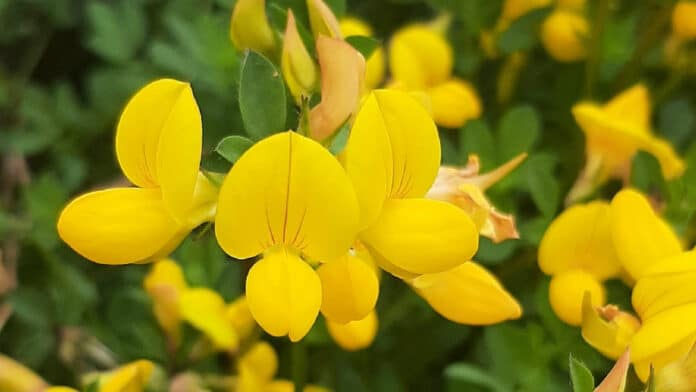Plants account for over 80% of biomass on the planet. However, many people need help identifying even common plants in their areas. This lack of engagement with plants is often referred to as “plant blindness,” but ‘plant awareness disparity and plant awareness’ have been suggested as more inclusive terms to refer to the same phenomenon.
Problems associated with a lack of ability to “see” and identify plants have also manifested in conservation. Technology offers a considerable opportunity to engage people with plants, and one potential means of increasing the general engagement of people with straightforward plants is the use of Smartphone Applications.
The ubiquity of Smartphone applications that aim to identify organisms, including plants, makes them potentially useful for increasing people’s engagement with the natural world. However, how well such applications identify plants has not been compressively investigated, nor has an easily repeatable scoring system to compare across plant groups been developed.
A new study published in the journal PLoS ONE determined the ability of six common Smartphone applications (Google Lens, iNaturalist, Leaf Snap, Plant Net, Plant Snap, Seek) to identify herbaceous plants. The authors also developed repeatable scoring systems to assess their success. The systems were developed based on the functionality of the selected apps. Scoring system A focused on how well the app could identify the species based on the first five options provided, while the other, scoring system B allowed points to be scored only if the first answer was correct to species level.
The study analyzed 38 images that included plant organs and whole plants, using nine free-to-use plant ID apps. These images captured a variety of life forms and plant organs, including flowers, leaves, bark, herbs, monocots, and woody plants.
Considerable variation in accurate species identification was observed between apps and between leaves and flowers of the species assessed. Apps were better able to identify species based on images of flowers than leaves, and Plant Net and Leaf Snap performed best across both leaves and flowers.
Although Plant Net and Leaf Snap are the highest-scoring apps across the entire dataset, there was considerable variation in the individual species scores which is visible with the extent of the whiskers in the box plots.
Plant Net and Leaf Snap scored significantly higher than the other apps. In the raw data, Plant Snap scored similarly to Seek for leaf images and similarly to iNaturalist for flower images. Aside from these cases, Google Lens, Plant Snap, Seek, and iNaturalist scored significantly differently.
When the data for each species organ were averaged, it was found that Google Lens and iNaturalist identified leaves with similar levels of success as Plant Snap and Seek. Averaged data for flower identification showed that Google Lens scored similarly to Seek but scored significantly higher than Plant Snap and iNaturalist.
Seek did not score significantly worse than Google Lens or significantly better than Plant Snap and iNaturalist. Plant Snap and iNaturalist did not show a significant difference in flower identification scores when the score was averaged per species.
Scientists noted, “The study highlights considerable variation within and between identification apps for identifying plants. It is also difficult to compare across studies due to the various scoring systems used. The current study provides two reproducible scoring systems that can be used across apps and across taxonomic groups to investigate the ability of identification apps to identify not only plants but organisms in general accurately.”
“Overall, none of the apps in this study achieved a highly consistent accuracy (e.g., over 90%), but several were quite good at identifying herbaceous plants. Technology is also constantly improving, and, likely, apps will only continue to become more accurate. There is significant potential for using some generalist ID apps to help people identify plants. They have the potential to be of use in a wide range of situations from curious gardeners to trainee environmental professionals to teaching.”
Journal Reference:
- Campbell N, Peacock J, Bacon KL (2023). A repeatable scoring system for assessing Smartphone applications ability to identify herbaceous plants. PLoS ONE 18(4): e0283386. DOI: 10.1371/journal.pone.0283386
